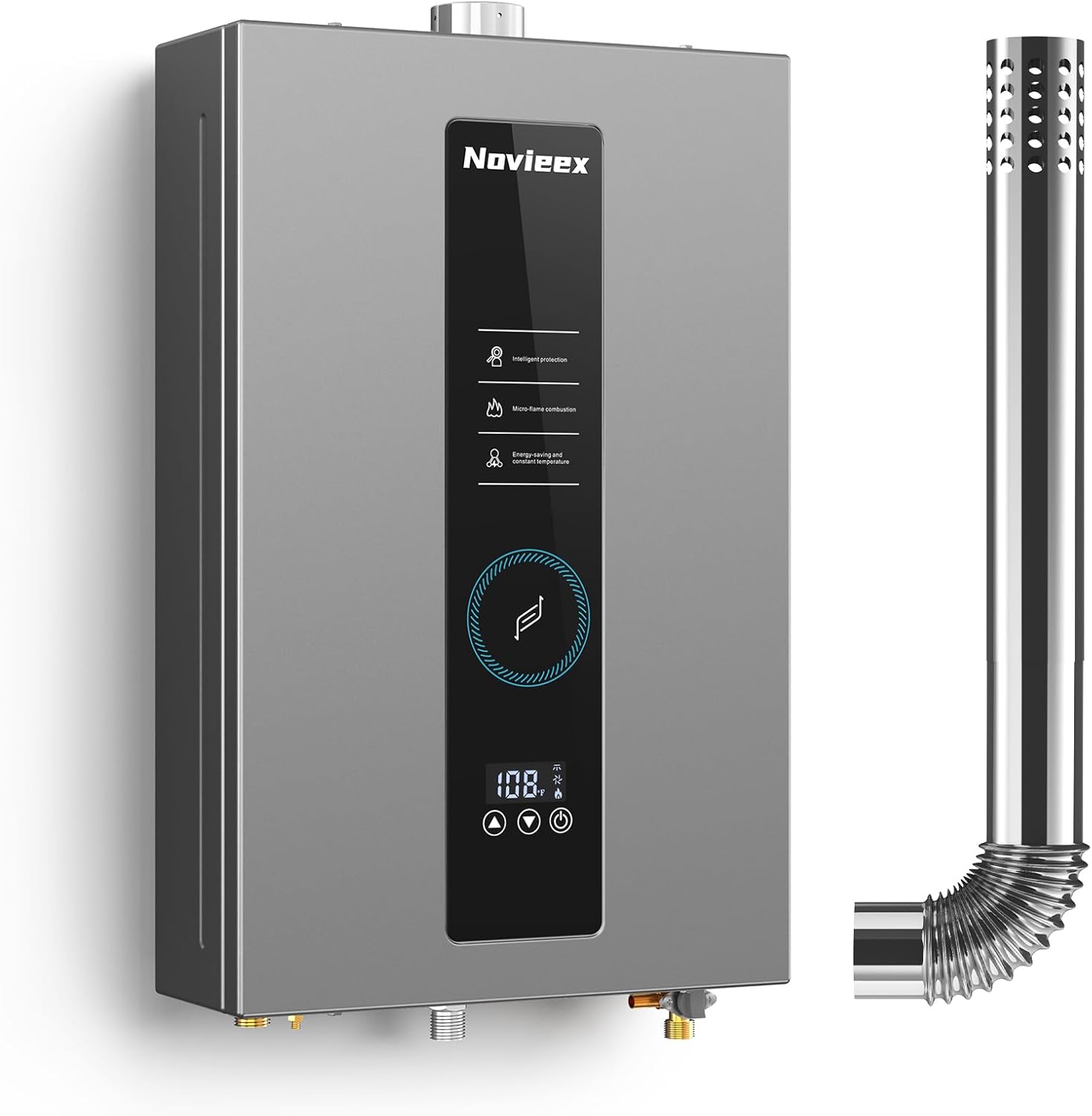Using plants for natural air purification involves incorporating species like spider plants and peace lilies, which effectively remove toxins and improve indoor air quality.
Indoor air pollution is a growing concern, with common toxins like formaldehyde and benzene lurking in our homes. Fortunately, nature provides an elegant solution – certain houseplants act as natural air purifiers. NASA research confirms that specific plants can effectively remove harmful chemicals while adding beauty to your space.

How Plants Purify Indoor Air
Plants improve air quality through photosynthesis and phytoremediation. They absorb airborne toxins through their leaves and roots, breaking them down into harmless byproducts. A NASA study found some plants remove up to 87% of volatile organic compounds (VOCs) within 24 hours.
The Science Behind Plant Air Filtration
Plants work with soil microorganisms to create a natural filtration system. The microorganisms in potting soil convert toxins into food for the plant. This symbiotic relationship makes potted plants more effective than standalone air purifiers for certain pollutants.

Top 10 Air-Cleaning Plants
1. Snake Plant (Sansevieria)
This hardy plant removes benzene, formaldehyde, trichloroethylene, and xylene. It thrives in low light and requires minimal watering, making it perfect for beginners. The snake plant also releases oxygen at night, unlike most plants.
2. Peace Lily (Spathiphyllum)
Effective against alcohols, acetone, and ammonia. Prefers shade and moist soil. Note: toxic to pets if ingested. For pet owners, consider the pet-safe alternatives instead.
3. Spider Plant (Chlorophytum comosum)
Removes formaldehyde and carbon monoxide. Produces oxygen-rich “pups” that can be propagated. Thrives in bright, indirect light.
Care Tip:
Water spider plants when the top inch of soil feels dry. They prefer temperatures between 55-80°F.
4. Bamboo Palm (Chamaedorea seifrizii)
Excellent for removing benzene and trichloroethylene. Prefers partial sun and consistent moisture. Grows up to 12 feet tall indoors.
5. Rubber Plant (Ficus elastica)
Particularly effective against formaldehyde. Tolerates low light but grows faster in bright, indirect light. Wipe leaves monthly to remove dust.
Plant Placement for Maximum Benefit
| Room | Recommended Plants | Toxins Targeted |
|---|---|---|
| Bedroom | Snake Plant, Aloe Vera | Formaldehyde, Benzene |
| Bathroom | Boston Fern, Peace Lily | Mold spores, Xylene |
| Kitchen | English Ivy, Spider Plant | Carbon monoxide, Formaldehyde |
| Home Office | Rubber Plant, Dracaena | Trichloroethylene, Toluene |
Beyond Air Purification: Additional Benefits
Plants offer more than clean air. Studies show they:
- Increase humidity levels naturally
- Reduce stress and boost mood
- Improve focus and productivity
- Help regulate indoor temperatures
For comprehensive climate control, consider pairing plants with decorative heating solutions that complement your greenery.
Advanced Plant Care Tips
Optimizing Plant Performance
To maximize air purification:
- Keep leaves dust-free by wiping monthly
- Use organic potting soil with beneficial microbes
- Rotate plants weekly for even growth
- Group plants together to create microclimates
Troubleshooting Common Issues
Yellow leaves often indicate overwatering. Brown tips suggest low humidity. Slow growth may mean insufficient light. Adjust care routines accordingly.
Special Considerations
While plants improve air quality, they’re not a complete solution for all indoor pollutants. For comprehensive air purification, combine plants with proper ventilation and other air cleaning methods.
Pet owners should research plant toxicity. Many effective air-purifying plants like lilies and ivy can be harmful to animals. Always place plants out of reach or choose pet-safe varieties.

